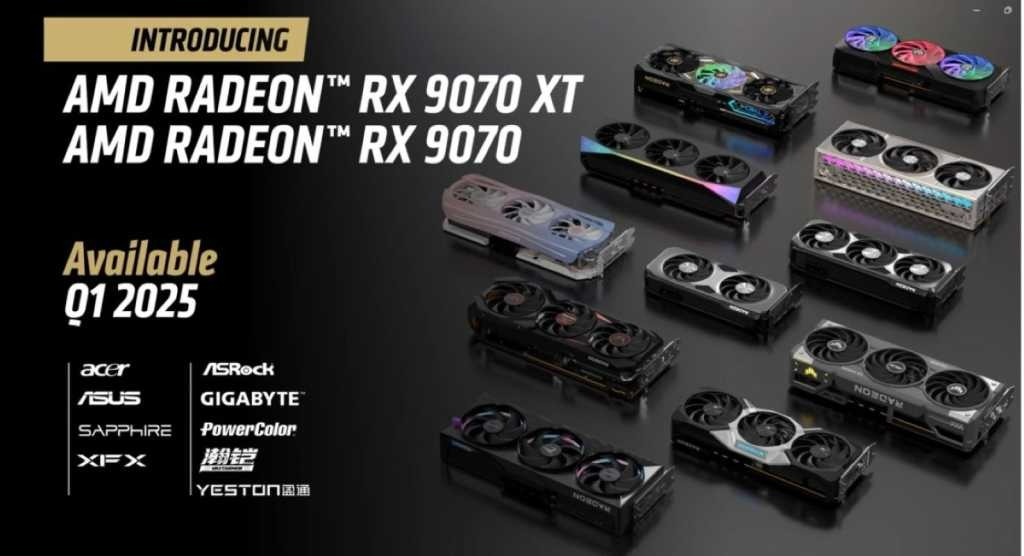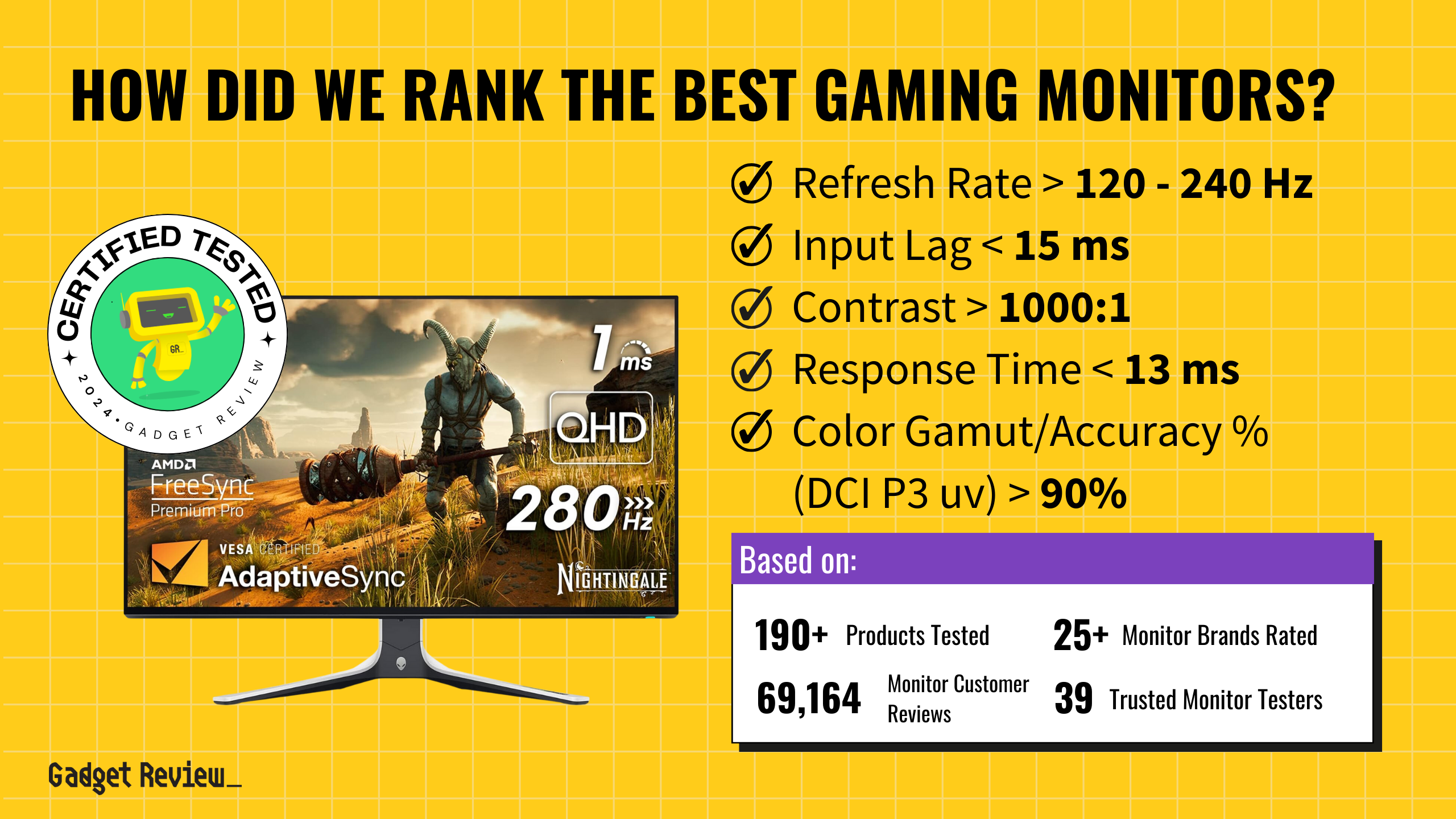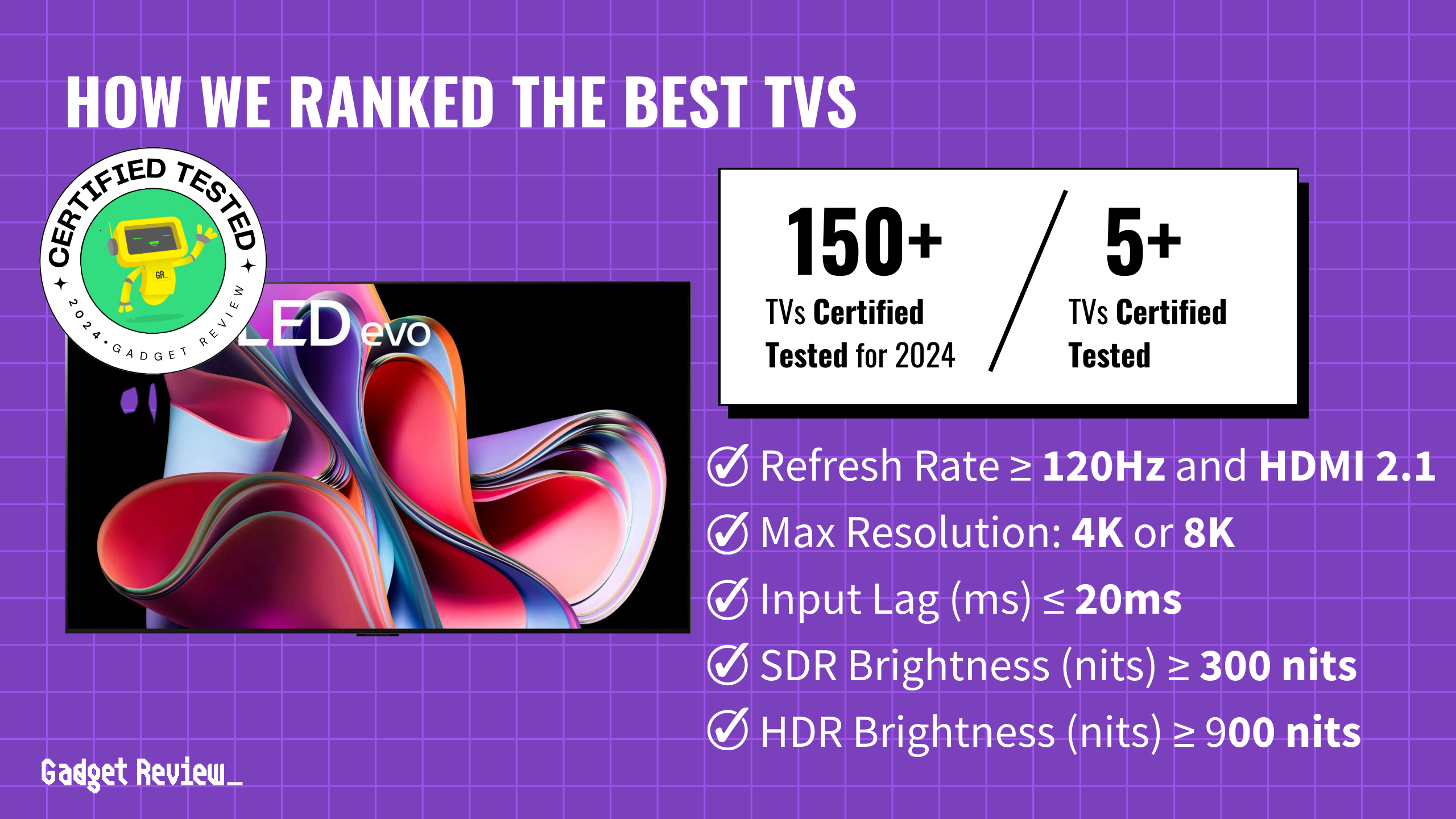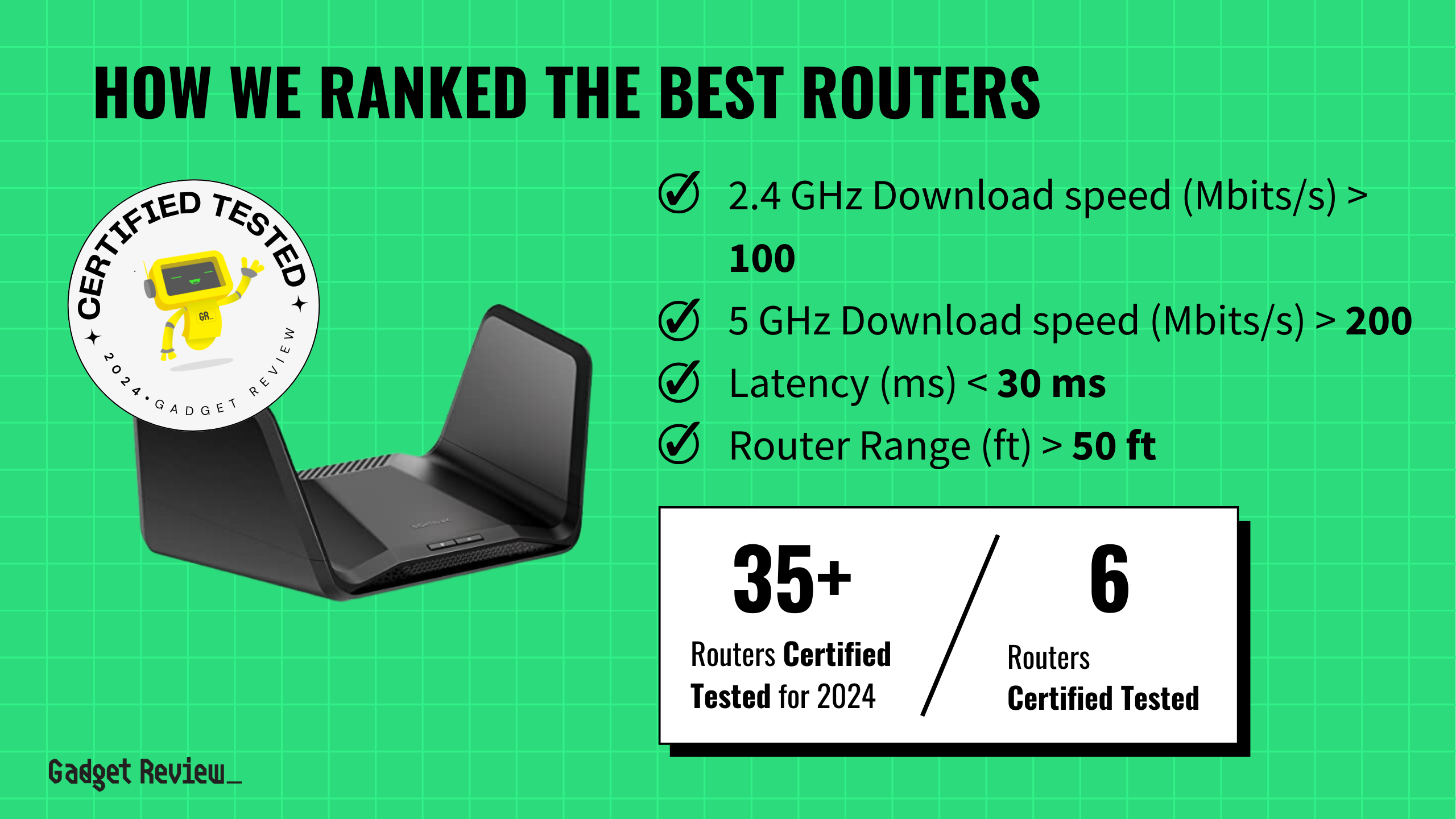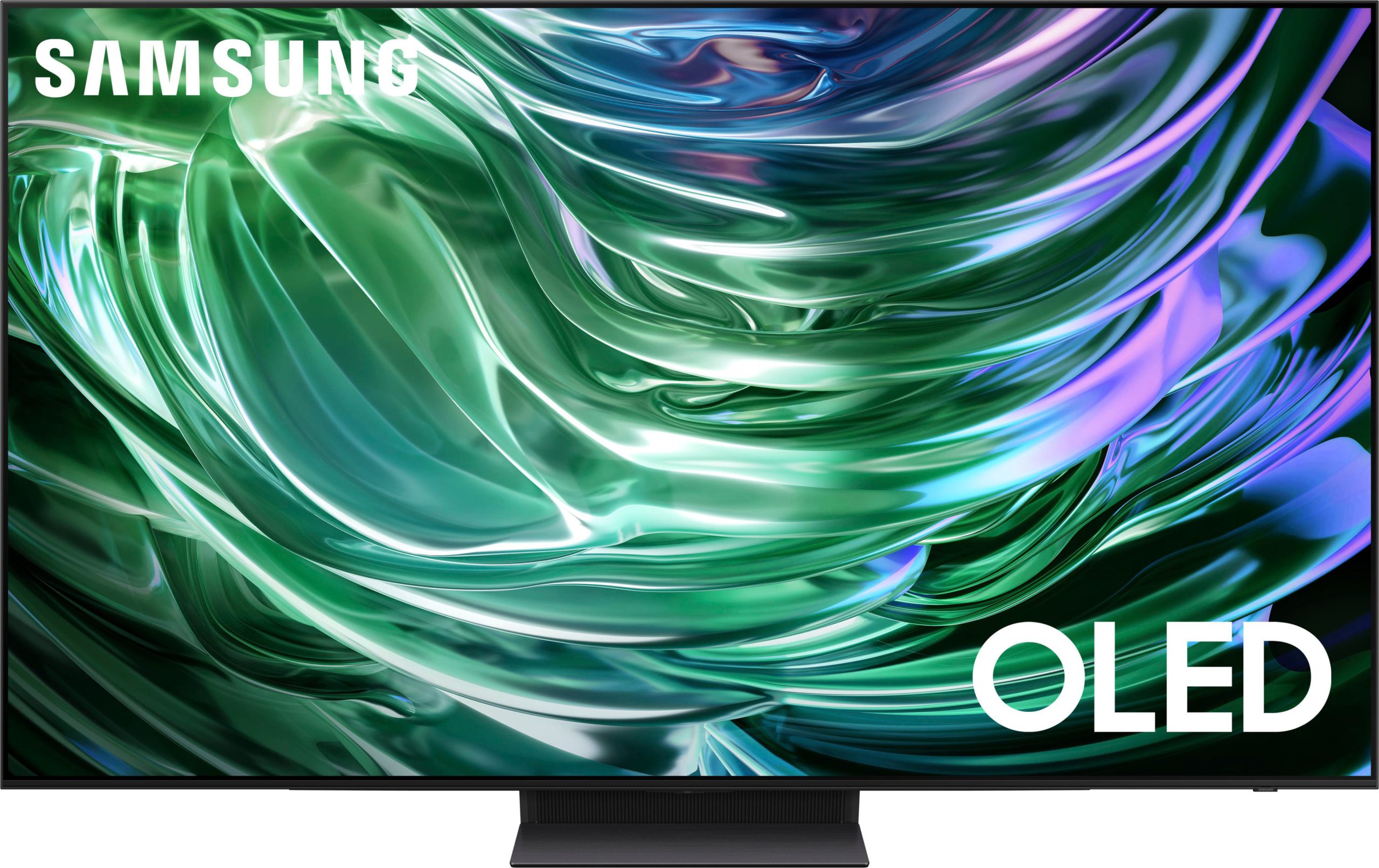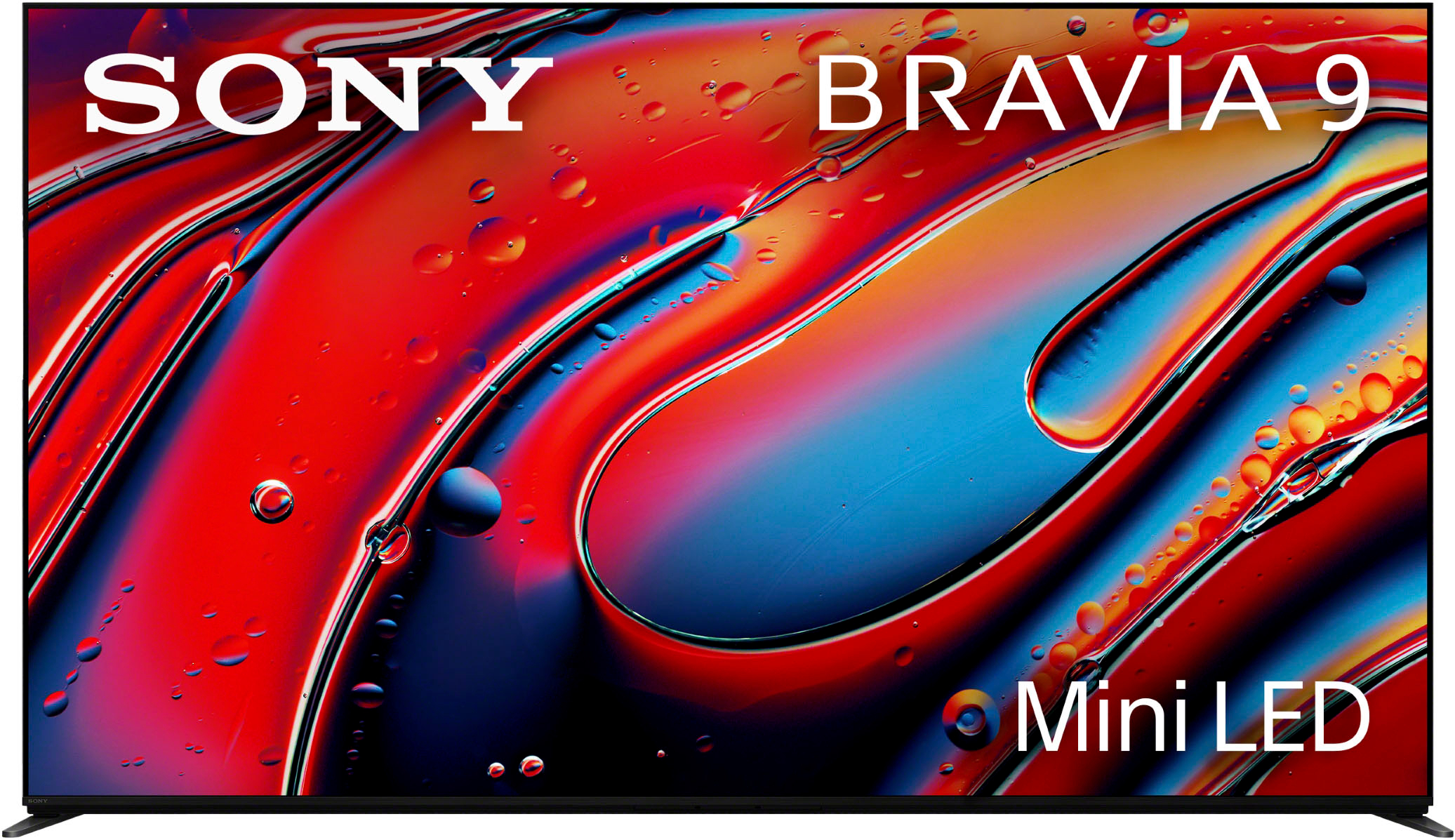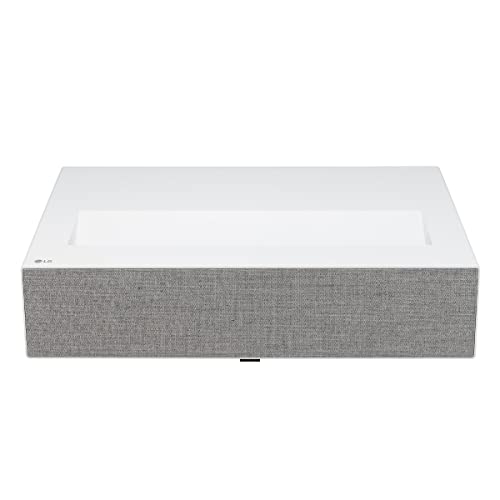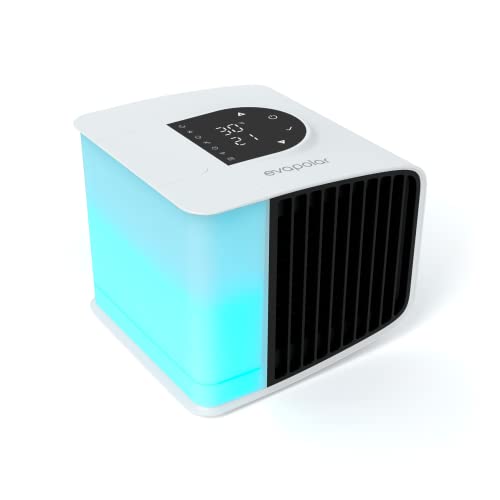AMD announced that it will reveal its next-generation RX 9000 series graphics cards on February 28, with leaked specifications suggesting significant performance improvements and competitive pricing against NVIDIA’s RTX 5070 lineup.
Why it matters: The launch upsets the high-end graphics card market by bringing 3.1GHz clock speeds and PCIe 5.0 support to mainstream price points, while potentially undercutting NVIDIA‘s pricing by up to $100.
Technical Innovation: The RX 9070 XT introduces several breakthrough capabilities that set new standards for mid-range graphics cards:
- 4,096 stream processors
- 3.1GHz boost clock speeds
- 16GB GDDR6 memory with 644GB/s bandwidth
Market Impact: AMD’s strategic pricing positions the new cards aggressively against NVIDIA’s offerings:
- RX 9070 launches at $649
- RX 9070 XT debuts at $749
- Direct competition with RTX 5070 Ti
The announcement comes as AMD aims to capture market share in the crucial $500-$800 segment. The RX 9070 XT, powered by the new Navi 48 GPU, represents AMD’s most ambitious attempt yet to challenge NVIDIA’s dominance in the high-end graphics market.
David McAfee, AMD’s Vice President and General Manager of Graphics, will host the live-streamed event on February 28 at 8 AM Eastern Time, with retail availability expected on March 6.
The RDNA 4 architecture powering these cards promises up to 30% better power efficiency compared to the previous generation, while early benchmarks suggest performance competitive with NVIDIA’s RTX 4080 Super in traditional raster workloads.
Looking ahead, AMD’s aggressive pricing strategy could force NVIDIA to reconsider its own pricing structure, potentially benefiting consumers who have faced consistently high GPU prices in recent years.

